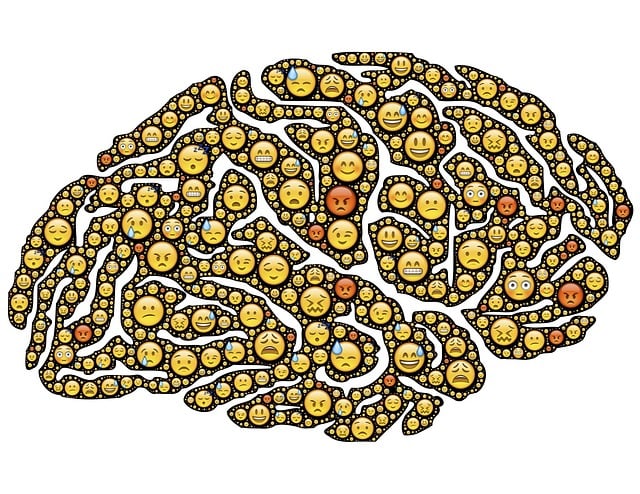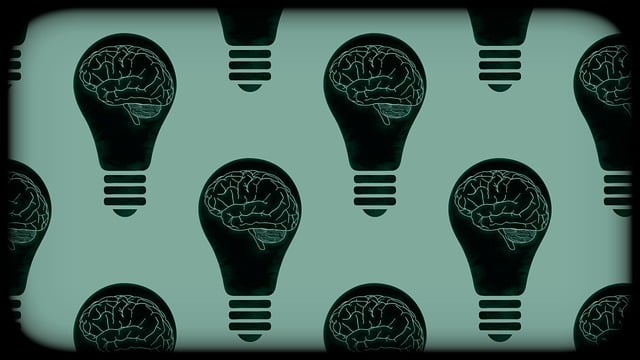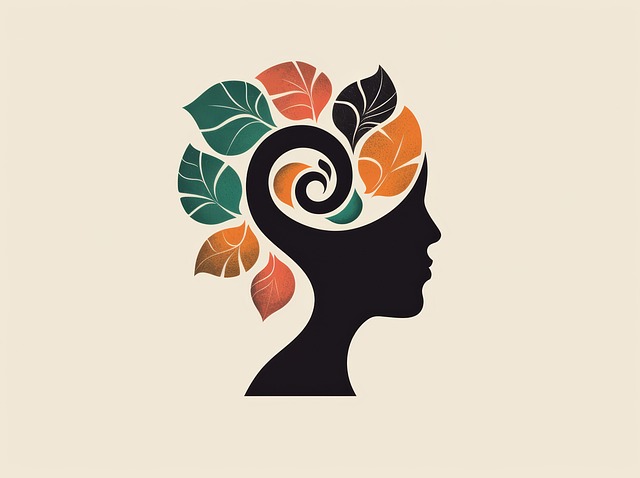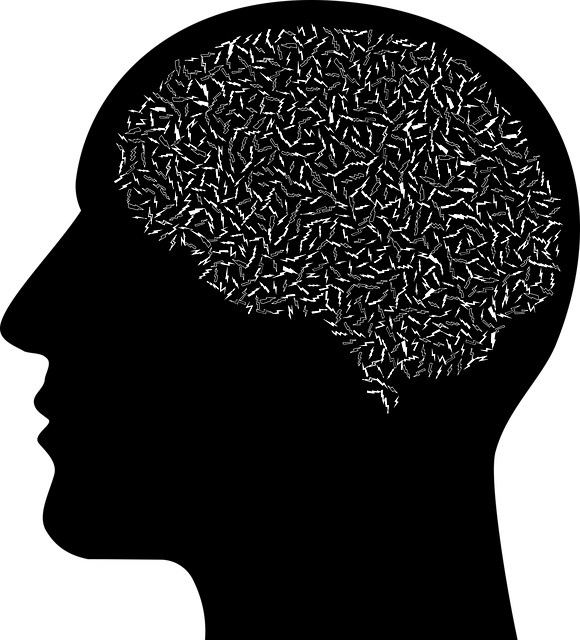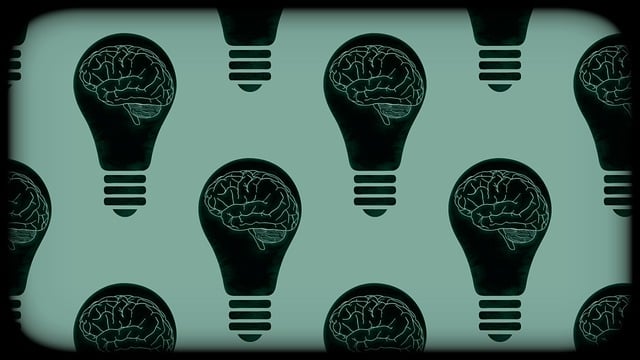Northglenn Sexual Addiction Therapy employs a dual evaluation method combining qualitative and quantitative techniques to assess program effectiveness. This approach includes surveys, structured interviews, self-report questionnaires, and journaling exercises to track symptom reduction, emotional regulation improvements, and enhanced social interactions. By blending data-driven insights with participant feedback, the therapy center ensures tailored interventions for optimal mental wellness journeys.
Mental wellness programs are increasingly crucial in addressing growing mental health concerns. This article delves into the comprehensive evaluation methods employed to assess their effectiveness, focusing on both quantitative and qualitative approaches. We explore popular tools like client satisfaction surveys and outcome measures, as well as client-centered techniques such as interviews and case studies.
Additionally, we highlight how evaluation data can drive continuous improvement, using Northglenn Sexual Addiction Therapy as a case study to demonstrate the power of leveraging feedback for enhanced program delivery.
- Assessing Program Effectiveness: Metrics and Tools
- – Overview of evaluation methods for mental wellness programs
- – Quantitative vs qualitative assessment techniques
Assessing Program Effectiveness: Metrics and Tools

Evaluating the effectiveness of a mental wellness program is paramount to understanding its impact and making informed improvements. At Northglenn Sexual Addiction Therapy, we employ a multifaceted approach to measure success, utilizing both qualitative and quantitative metrics. These include participant surveys, where individuals share their experiences and perceived changes, offering valuable insights into the program’s reach.
Additionally, we track specific outcomes related to the key components of our programs, such as Social Skills Training, Positive Thinking, and Coping Skills Development. Metrics like reduction in symptoms, improved emotional regulation, and enhanced social interactions provide tangible evidence of progress. By combining these data-driven tools with participant feedback, we can comprehensively assess the program’s effectiveness and tailor interventions to better serve individuals seeking support for their mental wellness journey.
– Overview of evaluation methods for mental wellness programs

Evaluation methods for mental wellness programs play a crucial role in understanding their effectiveness and impact. These methods are essential tools to measure the success and improvement of individuals participating in various therapy and support initiatives, such as Northglenn Sexual Addiction Therapy. One common approach involves assessing changes in symptoms and behaviors before and after the program. This can be done through structured interviews, self-report questionnaires, and clinical ratings, allowing professionals to gauge progress in areas like anxiety relief and coping skills development.
Additionally, qualitative methods like Mental Wellness Journaling Exercises offer valuable insights into participants’ experiences and personal reflections. These exercises encourage individuals to document their thoughts, feelings, and strategies for managing mental health challenges. By analyzing these journals, therapists gain a deeper understanding of each client’s journey, identifying patterns and areas where further guidance may be needed. Such comprehensive evaluation techniques ensure that programs like Northglenn Sexual Addiction Therapy are not only effective but also adapt to the unique needs of those seeking support.
– Quantitative vs qualitative assessment techniques

When evaluating mental wellness programs, such as those offered at Northglenn Sexual Addiction Therapy, a key consideration is choosing between quantitative and qualitative assessment techniques. Quantitative methods involve numerical data and statistical analysis, focusing on measurable outcomes like reductions in symptom severity or improvements in specific behaviors. These techniques provide objective, comparable results that can be easily generalized across populations. On the other hand, qualitative assessments prioritize subjective experiences, emotions, and perceptions through open-ended questions, interviews, or focus groups. Qualitative methods offer deeper insights into participants’ emotional healing processes, self-esteem improvement, and mindfulness meditation practices, providing a more nuanced understanding of their personal journeys.
While quantitative assessments can demonstrate the program’s overall effectiveness on a large scale, qualitative approaches allow for exploring individual stories, challenges, and transformations. Combining both approaches can offer a comprehensive evaluation, ensuring that both objective data and subjective experiences are considered. This dual strategy enables mental health professionals to tailor interventions better, foster self-reflection, and ultimately enhance the overall wellness of participants, as evidenced by their progress in various aspects of life.
Evaluating mental wellness programs, such as Northglenn Sexual Addiction Therapy, is a multifaceted process that blends quantitative data with qualitative insights. By employing a mix of surveys, interviews, and observation, practitioners can gain a comprehensive understanding of program effectiveness. This approach ensures that interventions are not only statistically successful but also meet the nuanced needs of individuals seeking mental wellness support. Effective evaluation methods are key to refining programs, promoting positive outcomes, and ultimately enhancing the overall health and well-being of participants.


